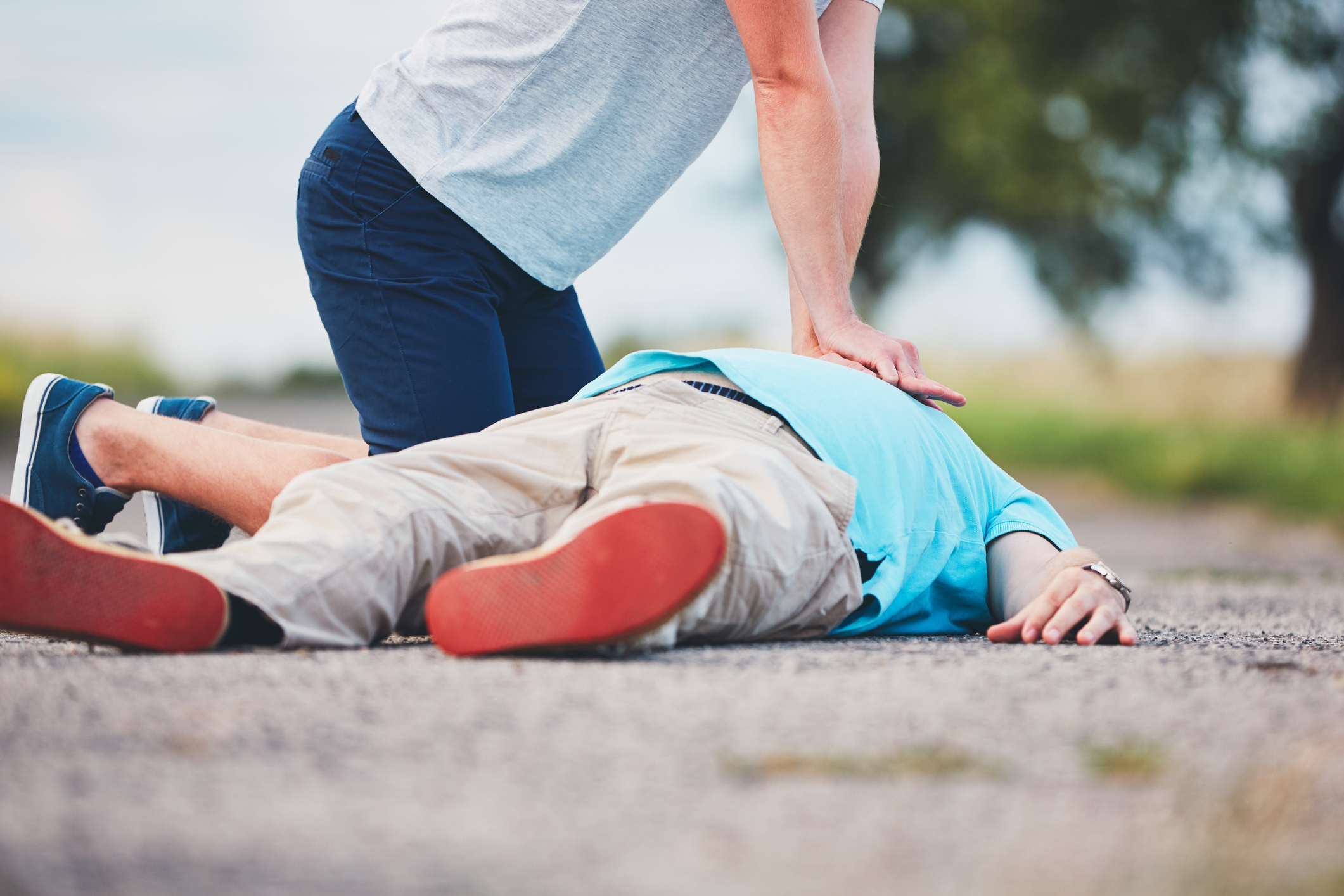Get Easy Health Digest™ in your inbox and don’t miss a thing when you subscribe today. Plus, get the free bonus report, Mother Nature’s Tips, Tricks and Remedies for Cholesterol, Blood Pressure & Blood Sugar as my way of saying welcome to the community!
The difference between surviving a heart attack or not

We’ve seen lots of research in the last decade or so about the dangers of a sedentary lifestyle. In fact, sitting is more dangerous than smoking according to Dr. James Levine of the Mayo Clinic. However, smoking is still a top contributor to heart disease, the leading cause of death across the globe. But how active — or inactive you are — has been found to have a great impact on whether a heart attack kills you on the spot or serves as a mere warning that you need to make some major lifestyle changes to turn your life around.
Of course, exercise is one of the most recommended ways to avoid heart disease in the first place, according to mountains of documented research. For most adults, 150 minutes of moderate aerobic activity or 75 minutes of vigorous aerobic activity spread out during the week is recommended.
But research suggests that only 21 percent of adults are meeting the physical activity guidelines and less than 5 percent perform 30 minutes of daily physical activity.
So, what happens if you’re one of those folks that might identify as a couch potato and have a heart attack?
Less exercise means a higher chance of immediate death from a heart attack
According to a study published recently in the European Journal of Preventative Cardiology, if you’re less active and suffer a heart attack, the odds are likely that you’ll die immediately. That means no opportunity for life-saving surgery and a second chance.
This study focused on the effect of an active versus sedentary lifestyle on the immediate course of a heart attack. The researchers gathered data from 10 European observational cohorts for a total of 28,140 individuals. They included healthy participants with a baseline assessment of physical activity who had a heart attack during follow-up. These participants were placed into categories according to their weekly level of leisure-time physical activity: sedentary, low, moderate, or high.
The participants’ activity level and risk of death due to a heart attack, both instantly and within 28 days was analyzed. The researchers adjusted the results for many variables including age, sex, diabetes, blood pressure, family history of heart disease, smoking, body mass index, blood cholesterol, alcohol consumption and socioeconomic status.
Overall, 4,976 participants died within 28 days of their heart attack and of these, 3,101 died instantly. A higher level of physical activity was associated with a lower risk of instant and 28-day fatal heart attack.
Participants who had moderate and higher levels of leisure-time physical activity had a 33 percent and 45 percent lower risk of instant death compared to sedentary individuals. The author, Dr. Kim Wadt Hansen of Bispebjerg Hospital, Copenhagen, Denmark stated, “almost 18 percent of patients with a heart attack died within 28 days.” She and her colleagues observed an immediate survival benefit of prior physical activity in the setting of a heart attack.
Surviving a heart attack requires exercise
There is no cure for heart disease, only prevention. And exercise of some sort weighs heavily in a long list of best practices to avoid heart disease. Now, it’s obvious that surviving a heart attack also depends on your activity level.
Even a low amount of leisure-time physical activity may be a buffer against fatal heart attacks. Physically active people, such as regular walkers, have up to a 50 percent lower risk of heart attack and sudden cardiac death than those of us who are couch potatoes.
If you’ve been relatively inactive, it’s a good idea to ease into exercise. Don’t expect or try to run a marathon right off the bat.
A few good rules of thumb to follow to get more active the right way include:
- Warm up before each exercise session by doing the activity you’ve planned. So, if you’re going to walk, start by simply walking at a slower pace to allow your heart rate to rise gradually.
- Walk on a level surface for 6-8 weeks before progressing to walking up hills, jogging or taking part in more vigorous activities.
- Slowly increase the amount of time you spend exercising, starting with just five to ten minutes and then building up.
- Consider the climate: If it’s humid outside or you’re exercising under conditions you’re not used to (like high altitude) reduce your exercise intensity.
- Don’t forget to cool down after exercise by walking at a slow pace to let your heart rate return to normal.
Diet is vitally important, not just for avoiding heart disease but for surviving a heart attack. The Pesco-Mediterranean diet may be the best heart-healthy diet, in part because of its higher level of omega-3s. That’s because research shows omega-3s can boost survival for those experiencing a heart attack.
And, always remember that if you experience any chest pain, chest pressure, lightheadedness, or severe shortness of breath while exercising to see your doctor right away.
Editor’s note: There are perfectly safe and natural ways to decrease your risk of blood clots including the 25-cent vitamin, the nutrient that acts as a natural blood thinner and the powerful herb that helps clear plaque. To discover these and other secrets of long-lived hearts, click here for Hushed Up Natural Heart Cures and Common Misconceptions of Popular Heart Treatments!
Sources:
12 sedentary lifestyle statistics in 2020 that will get you off of your chair — Ergonomic trends
What are the consequences of a sedentary lifestyle? — Medical News today
How much should the average adult exercise every day? — Mayo Clinic
Health risks of a sedentary lifestyle-— Lifespan fitness
Instant death from heart attack more common in people who do not exercise — Eurekalert!













